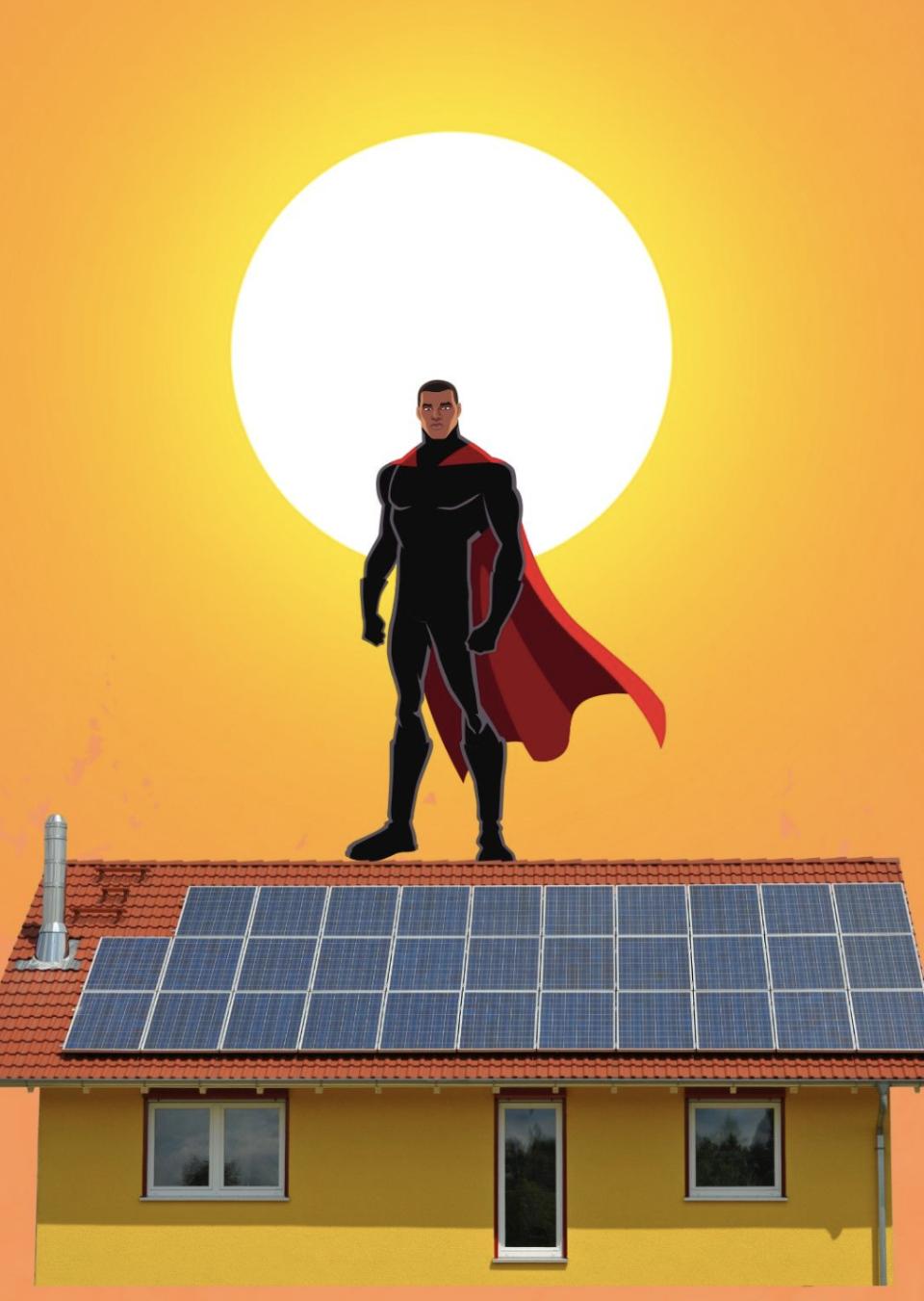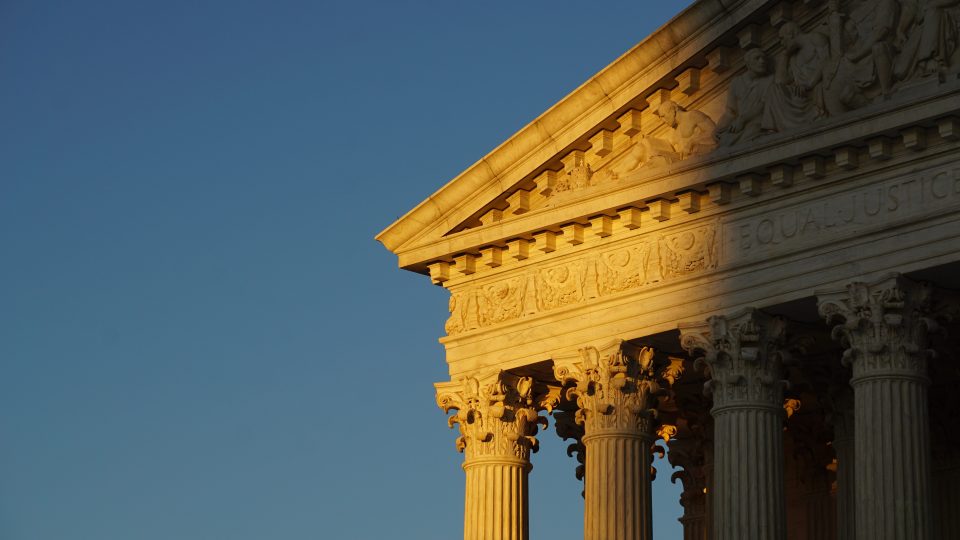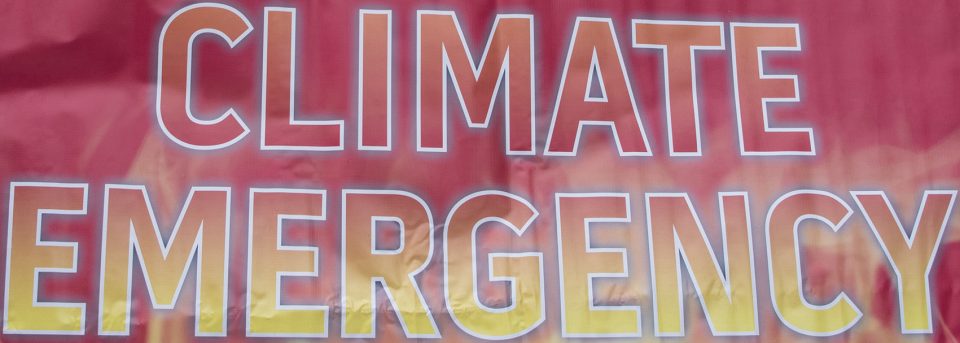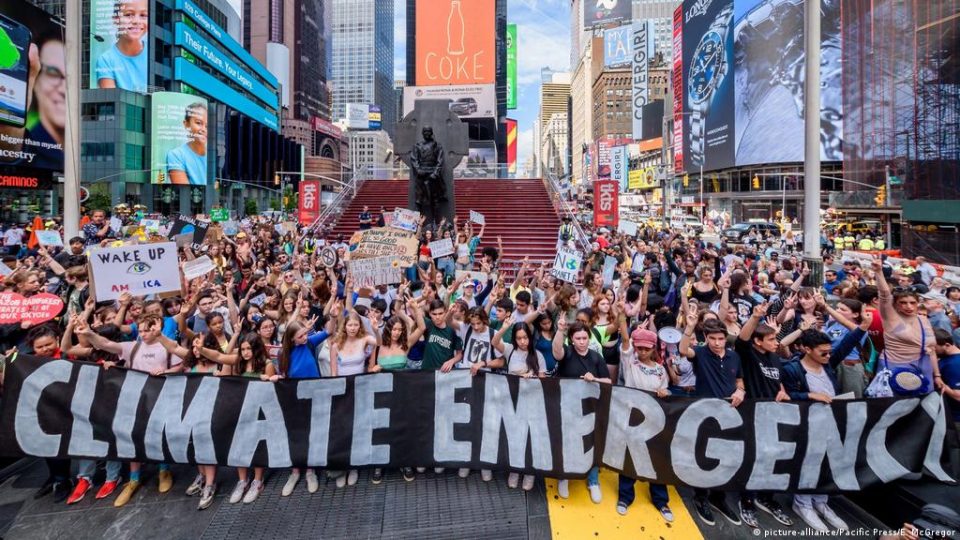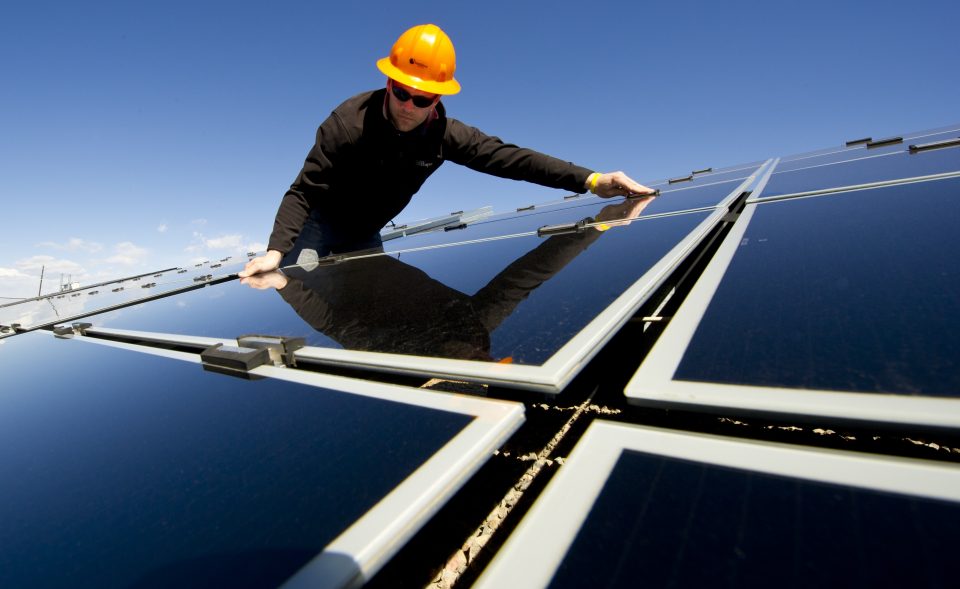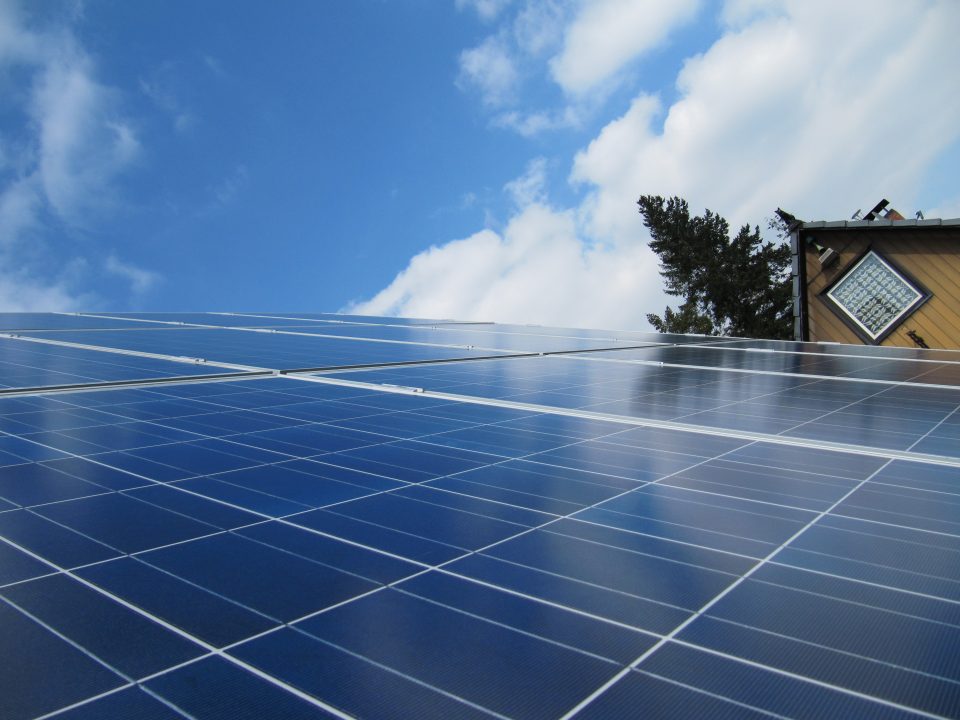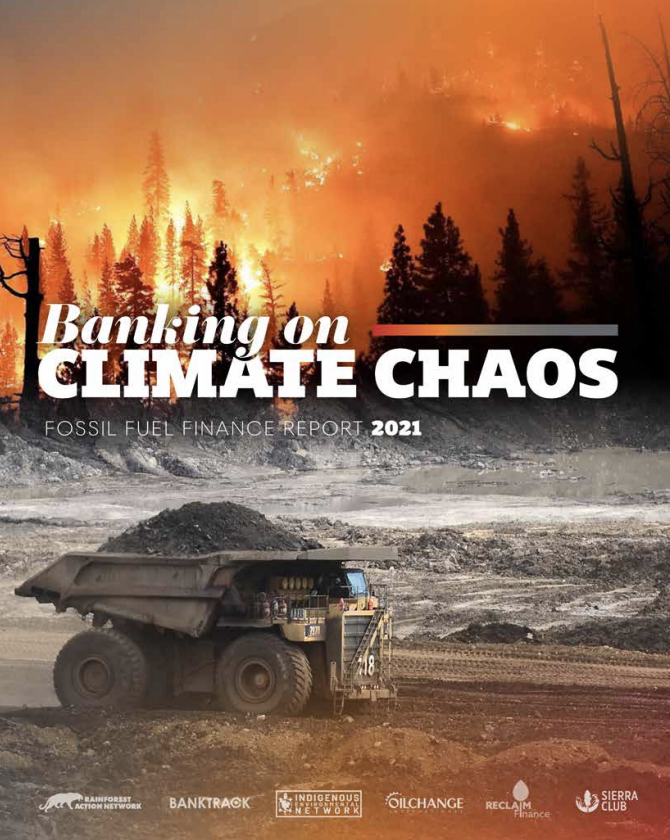So You Bought An EV & Solar Panels: Are You A Climate Hero?
So you just bought an electric vehicle (“EV”), solar panels, heat pump, or other clean technology. Are you now a climate hero? You’ve reduced your emissions, to be sure, but… not quite! In this post, I’m going to explore the […]

